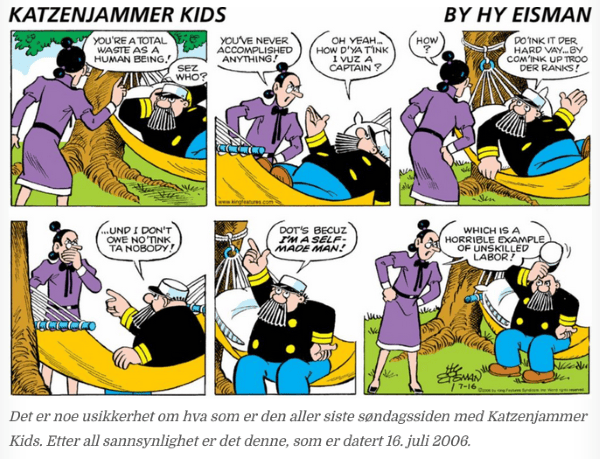The Very Model of a Modern American Santa
Skip to commentsSince the name of Thomas Nast came up the other day, let’s make note that it was 160 Christmases ago that he drew his first Santa Claus leading the way to form the modern image of the saintly symbol.
Thomas Nast's first Santa appeared as the cover of Harper's Weekly dated January 3, 1863.
Before Nast envisioning him Santa was a “jolly old elf” who appeared according to the poem by, um, someone or other, riding “a miniature sleigh, and eight tiny reindeer” and Santa was the “little old driver.”
Nast’s image shows him a fully grown benefactor.
Before Nast, Santa often wore tan; it was the cartoonist’s work that began to shift this perception and popularize the red suit that endures to this day. He also created the image of a plump Santa with a large stomach (“A Visit From St. Nicholas,” a source of inspiration for Nast’s Santa, distinctly describes Santa as having “a little round belly”).
Nast influenced more about Kris Kringle than just his appearance. He decided that Santa lived at the North Pole, and also gave him a helpful crew of elves. And though Nast’s cartoons didn’t originate the idea of flying reindeer, his inclusion of the magical beasts in his illustrations did help make their association with Father Christmas more popular. His version of Santa became more and more widespread as people who created and sold Christmas cards in the 1870s and ‘80s drew upon his images for their own creations.
…
Nast had created more than 30 images of Santa for Harper’s Weekly by the time he resigned in 1886.
By 1881 Nast’s Santa Claus is fully realized:


Comments
Comments are closed.